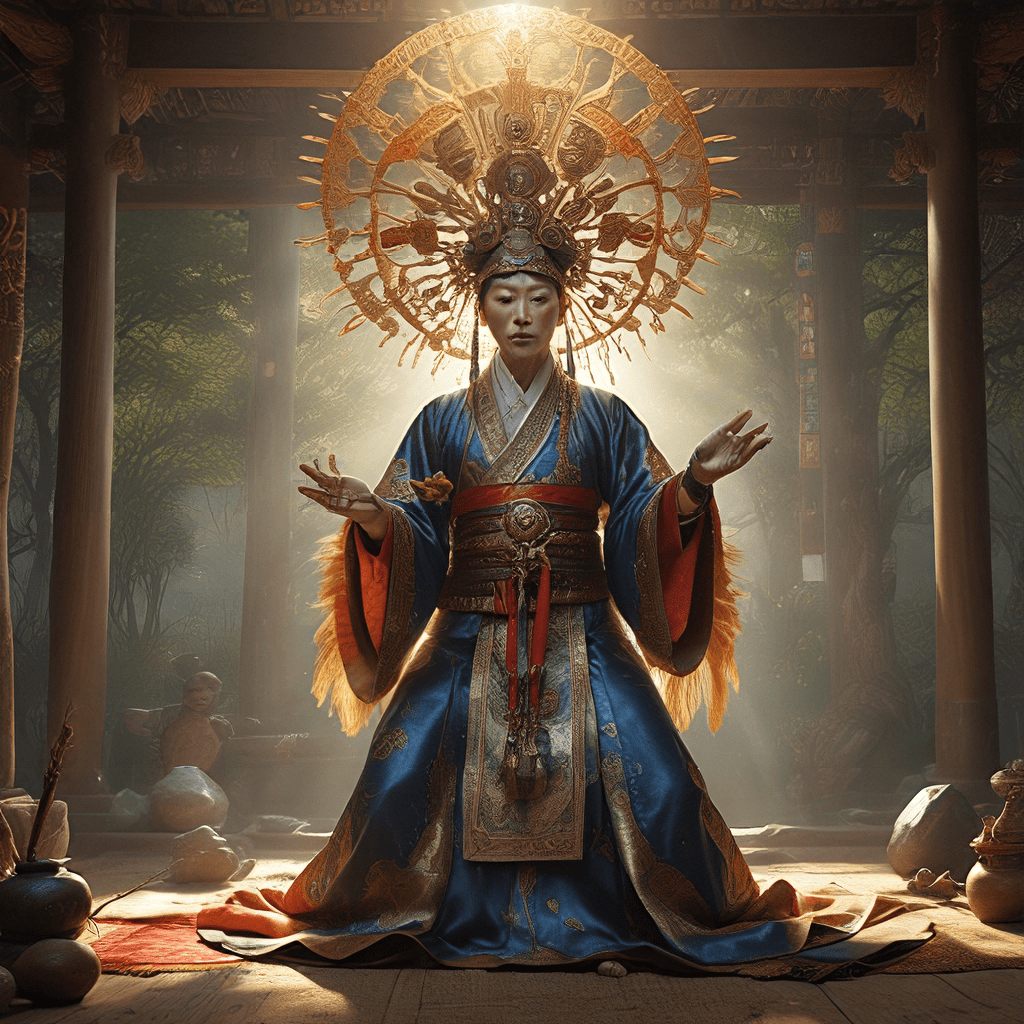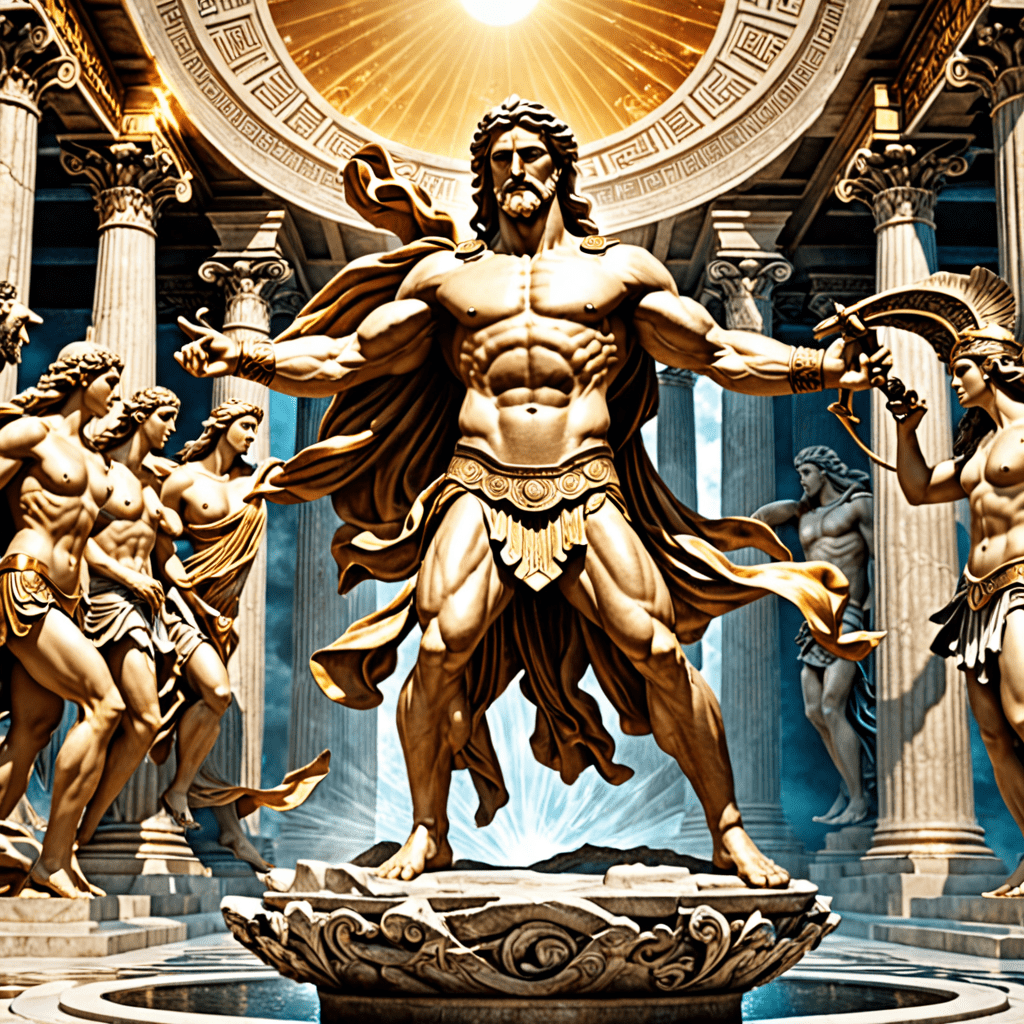The Feathered Serpent and the Cult of Venus: Quetzalcoatl’s Association with the Morning Star
I. Introduction
Quetzalcoatl, known as the Feathered Serpent, is one of the most significant deities in Mesoamerican mythology. Revered by various civilizations, including the Aztecs and the Toltecs, Quetzalcoatl embodies a rich tapestry of cultural beliefs and practices. His association with the planet Venus, particularly as the Morning Star, plays a crucial role in the cosmological framework of ancient Mesoamerican societies.
Venus, often identified with the Morning Star, held immense importance in Mesoamerican cosmology. It was not merely an astronomical object but a symbol woven into the fabric of life, influencing agriculture, warfare, and ritual practices. This article aims to explore the intricate connections between Quetzalcoatl and the Morning Star, shedding light on how these relationships shaped Mesoamerican culture and spirituality.
II. The Mythology of Quetzalcoatl
A. Origins and attributes of Quetzalcoatl
Quetzalcoatl is often depicted as a feathered serpent, symbolizing the union of the earthly and the celestial. His origins are steeped in myth; he is said to have created humanity and brought knowledge, including agriculture and the arts. Quetzalcoatl is associated with various attributes, including wisdom, wind, and the morning star.
B. Major myths and stories associated with the Feathered Serpent
Several key myths highlight Quetzalcoatl’s significance:
- The Creation Myth: In this narrative, Quetzalcoatl participates in the creation of humans, using his own blood to give life.
- The Myth of the Five Suns: Quetzalcoatl plays a role in the cycle of creation and destruction, representing one of the suns that shone upon the earth.
- The Journey to the Underworld: Quetzalcoatl’s descent into Mictlan, the underworld, illustrates his dual nature, as he navigates the realms of life and death.
C. Quetzalcoatl’s role in creation and civilization
As a cultural hero, Quetzalcoatl is credited with imparting knowledge and civilization to the people. He taught them agriculture, the arts, and the importance of community and cooperation. His influence extended beyond mythology, shaping the societal structures of Mesoamerican cultures.
III. The Significance of Venus in Mesoamerican Culture
A. Venus as the Morning Star: symbolism and representation
Venus, known as Tlālōc in the Aztec tradition, was seen as a powerful celestial body. It represented the duality of beauty and destruction, embodying both the nurturing aspects of nature and the harsh realities of conflict.
B. The role of Venus in agricultural and calendrical systems
In Mesoamerican societies, Venus was intricately linked to agricultural cycles. Its appearances in the sky signaled important agricultural events, such as planting and harvesting. The Mesoamerican calendar was deeply influenced by the cycles of Venus, which were meticulously observed and recorded.
C. Associations with warfare and sacrifice
Venus also had a martial aspect, being associated with warfare and sacrifice. The Aztecs believed that the appearance of Venus as the Morning Star heralded the time for conflict, often leading to ritual sacrifices to appease the deity and ensure victory in battle.
IV. Historical Context of Quetzalcoatl and Venus Worship
A. The rise of the Cult of Venus in Mesoamerican societies
The Cult of Venus emerged as a prominent religious movement in Mesoamerica, particularly during the Postclassic period. This evolution was marked by the increasing importance of Venus in religious rituals and cosmological beliefs.
B. Archaeological evidence of Venus-related rituals and practices
Archaeological findings, such as temple structures, carvings, and codices, reveal the significance of Venus in Mesoamerican rituals. Sites like Teotihuacan and Tenochtitlan showcase structures aligned with the movements of Venus, emphasizing its celestial importance.
C. The spread of Quetzalcoatl’s worship among various cultures
Quetzalcoatl’s worship transcended individual cultures, influencing various Mesoamerican civilizations. From the Olmecs to the Mexica, the Feathered Serpent became a unifying figure, embodying shared beliefs and practices surrounding the Morning Star and its implications.
V. Iconography and Symbolism
A. Artistic depictions of Quetzalcoatl and the Morning Star
Artistic representations of Quetzalcoatl often include imagery of the Morning Star, showcasing the intertwined nature of these symbols. Iconography typically features feathered motifs and serpent imagery, representing the divine connection between the earth and the heavens.
B. Symbolic representations of duality in Quetzalcoatl’s identity
Quetzalcoatl embodies duality, representing both creation and destruction, life and death. This duality is reflected in the symbolism of Venus, which embodies similar complexities. The Feathered Serpent’s identity as a bringer of civilization contrasts with his role in the cycle of life, illustrating the balance of existence.
C. Comparative analysis with other cultures’ interpretations of the Morning Star
Quetzalcoatl’s connection with Venus parallels interpretations in other cultures, such as the Roman goddess Venus and the Greek goddess Aphrodite. These figures share associations with beauty, love, and warfare, illustrating a universal thematic exploration of duality in celestial worship across civilizations.
VI. Theological Connections Between Quetzalcoatl and Venus
A. Shared attributes and characteristics
Both Quetzalcoatl and Venus share attributes of transformation, duality, and the cycles of life. Their connections highlight the importance of balance in Mesoamerican spirituality, reflecting the interplay between opposing forces.
B. The dual nature of Quetzalcoatl and its reflection in Venus worship
The dual nature of Quetzalcoatl is mirrored in the worship of Venus, where both deities embody aspects of fertility and destruction. This duality is central to understanding the complexities of Mesoamerican cosmology.
C. Influence on religious practices and cosmological beliefs
The theological connections between Quetzalcoatl and Venus influenced religious practices, rituals, and cosmological beliefs in Mesoamerican societies. The blending of these figures in worship underscores the importance of celestial bodies in shaping cultural narratives and societal values.
VII. The Legacy of Quetzalcoatl and the Morning Star
A. Impact on later Mesoamerican societies and religions
The legacy of Quetzalcoatl extends beyond the ancient world, impacting later Mesoamerican societies and their religious practices. His influence can be seen in the syncretism of indigenous beliefs with Spanish colonial Christianity.
B. Quetzalcoatl’s enduring presence in modern culture and spirituality
Today, Quetzalcoatl remains a symbol of cultural pride and identity among indigenous peoples. His representation as the Feathered Serpent continues to inspire art, literature, and spiritual practices, reflecting a deep connection to ancestral heritage.
C. The significance of Venus in contemporary interpretations of Mesoamerican mythology
In contemporary interpretations, Venus continues to symbolize the complexities of love, beauty, and conflict. The Morning Star’s significance persists, reminding us of the intricate relationships between celestial bodies and human existence.
VIII. Conclusion
This exploration of Quetzalcoatl’s association with the Morning Star reveals a profound connection between mythology, cosmology, and societal values in Mesoamerican cultures. Understanding these relationships enhances our appreciation for the rich tapestry of beliefs that shaped ancient civilizations.
The importance of Quetzalcoatl’s association with Venus extends beyond historical analysis; it invites reflection on the enduring legacies of these deities in modern spirituality and cultural identity. The Feathered Serpent and the Morning Star serve as timeless symbols, bridging the past and present in the ongoing narrative of human experience.



